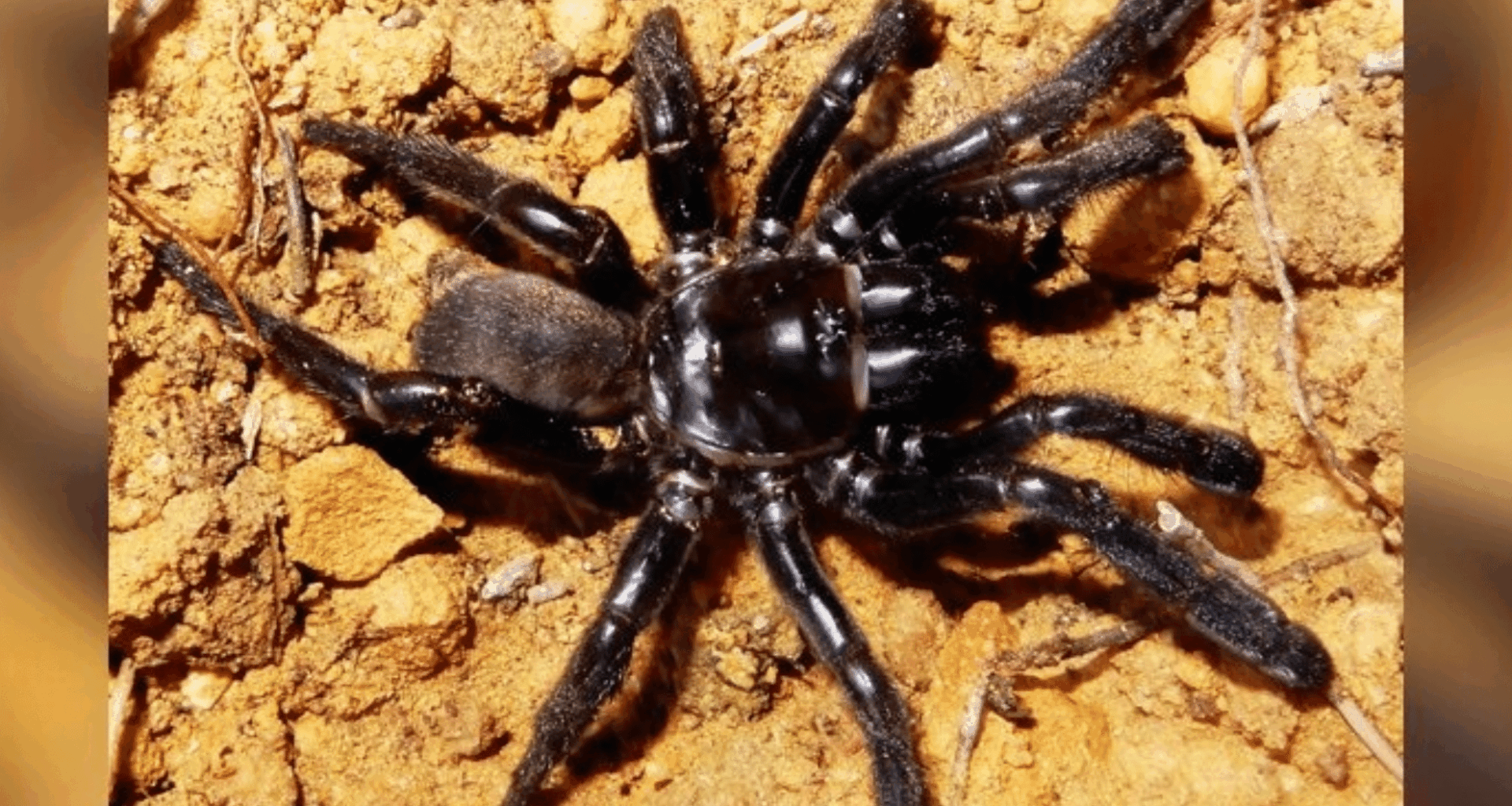Number 16, a Gauis villosus spider, etched her name in history by living an extraordinary 43 years, becoming the longest-living spider ever recorded. Her life in the wilds of Western Australia offers rare insights into mygalomorph spiders, their behaviors, and ecosystems. This remarkable longevity was detailed in a long-term study, published in the journal Pacific Conservation Biology. Despite her age, her death came not from old age but due to a parasitic wasp, reminding us of the delicate balance of life in nature.
A Record-Breaking Life: The Story of Number 16
Number 16’s life began in 1974, when she was part of a long-term study initiated by Barbara York Main at the North Bungulla Reserve near Tammin, South-Western Australia. This project, which would span several decades, focused on understanding the population dynamics and behavior of trapdoor spiders like Gauis villosus. While many of the other spiders in the study perished much earlier, Number 16 lived on, defying expectations and breaking records.
“To our knowledge, this is the oldest spider ever recorded, and her significant life has allowed us to further investigate the trapdoor spider’s behaviour and population dynamics,” said Leanda Mason, a biologist at the University’s School of Molecular and Life Sciences.
Through Barbara York Main’s detailed research, scientists were able to conclude that Number 16’s longevity was largely due to the specific life-history traits of her species. These traits included living in undisturbed, native bushland, her sedentary lifestyle, and her remarkably low metabolism, all of which helped her survive in the harsh conditions of her environment.
Why 43 Years? The Secrets Behind Her Longevity
Number 16’s lifespan of 43 years wasn’t just a matter of good luck; it was a result of the unique ecological niche she occupied. Unlike more mobile spiders, trapdoor spiders like Gauis villosus are incredibly sedentary, spending their entire lives within the confines of the same burrow. This reduced energy expenditure allowed her to live in relative isolation, avoiding many of the risks that other, more active spiders face.
“Through Barbara’s detailed research, we were able to determine that the extensive life span of the trapdoor spider is due to their life-history traits, including how they live in uncleared, native bushland, their sedentary nature, and low metabolisms,” Mason explained.
This combination of factors allowed Number 16 to thrive in an environment with limited resources, living off whatever prey ventured near her burrow.
Unlike species that are forced to hunt actively or roam long distances for food, Number 16 relied on her natural camouflage and patience, waiting for prey to come to her. This efficient method of energy use, coupled with the stable conditions of her undisturbed habitat, gave her a lifespan far exceeding that of most other spiders.
The Tragic End: A Parasitic Wasp Takes Its Toll
Despite living to an age no other spider had ever reached, Number 16’s story ended tragically in 2016, not from age but due to a parasitic attack. “On 31 October 2016 we found that the lid of the burrow of the oldest spider, #16, had been pierced by a parasitic wasp,” the researchers wrote in their paper. These parasitic wasps lay their eggs inside the body of their host, and the larvae feed on the spider from the inside out, ultimately killing it.
The fact that Number 16 had been seen alive just six months prior made this event all the more tragic. While she lived to an age that would be considered extraordinary for most animals, her death at the hands of a parasitic wasp highlighted the harsh reality of nature’s food chain and the vulnerability of even the oldest, most resilient creatures. “Having been seen alive in the burrow six months earlier, we therefore report the death of an ancient G. villosus mygalomorph spider matriarch at the age of 43,” the paper noted.
This death, while unfortunate, provided valuable insights into the risks that large, long-lived spiders face in the wild, where parasitism is a common threat. It also served as a reminder that, despite their incredible longevity, even the most well-adapted species are vulnerable to the predation and parasitism that are a part of the natural order.
Sustainability in the Spider World: A Lesson for Humans
The life of Number 16 is a story of survival, efficiency, and sustainability—values that can be directly applied to human efforts in environmental conservation. By living a low-impact life in the same burrow for 43 years, Number 16 demonstrated how species can thrive with minimal resource consumption, using only what is necessary to survive. This philosophy of “living within one’s means” has been a central tenet of many conservation efforts, and it’s one that humans could learn from.
Researchers have suggested that the lifestyle of short-range endemic species like the Gauis villosus spider offers important lessons for humanity. “As we begin rebuilding with more sustainable technologies and improve the management of known threatening processes, we can be inspired by an ancient mygalomorph spider and the rich biodiversity she embodied,” said Mason. Number 16’s life encourages a shift toward more sustainable practices, showing how human societies might thrive by reducing waste, conserving resources, and embracing simpler, more efficient lifestyles.

